How to reduce chloramine from water - Comprehensive Guide
But do you know? it can have undesirable effects on water quality and its presence in the regular water has become a growing concern for the US citizens. So, if you are one of them and looking to reduce the amount of chloramines in your home’s water, then this blog is especially for you.
In this blog post, we will cover several proven methods that can be helpful in reducing chloramines from the water.
Also, read our blog post Effects of Plastic Water Bottles on Humans.
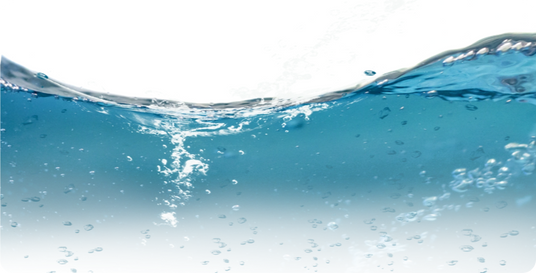
How to Reduce Chloramine from Water?
There are several simple approaches one can use to decrease the levels of chloramine naturally present in their drinking water. Some options involve little more than waiting, while others require small investments of time or money.
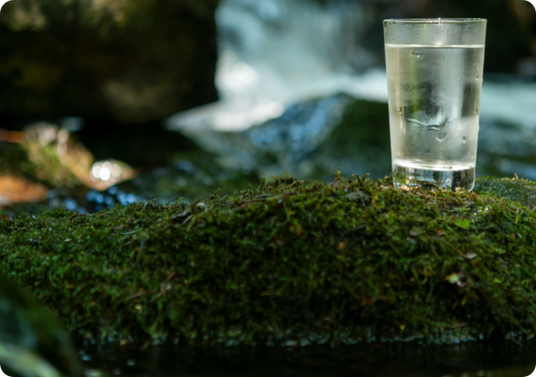
1.Let Water Sit Uncovered
One of the most straightforward methods for reducing chloramine from water is to let it sit in an open container, such as a clear glass pitcher, for at least twelve hours before drinking.
This allows the chloramine's time to dissipate and evaporate out of the water when exposed to the air. It's a good idea to let tap water sit overnight after filling your pitcher in the morning to be able to enjoy fresher-tasting water throughout the day.
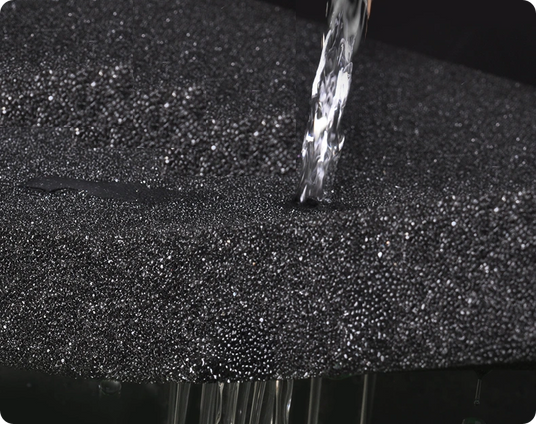
2.Use Activated Carbon Filtration
Activated carbon filtration is another convenient way to remove chloramines from drinking water. Activated carbon works like a magnet to attract and trap chloramines so they pass through the filter, leaving water that's cleaner-tasting. Filters using activated carbon can be found for faucets, pitchers, or even whole-home systems.
These are very effective at lowering chloramine levels and are affordable options to make your water more enjoyable. Look for filters certified to reduce chloramines to ensure you get high-quality filtration.
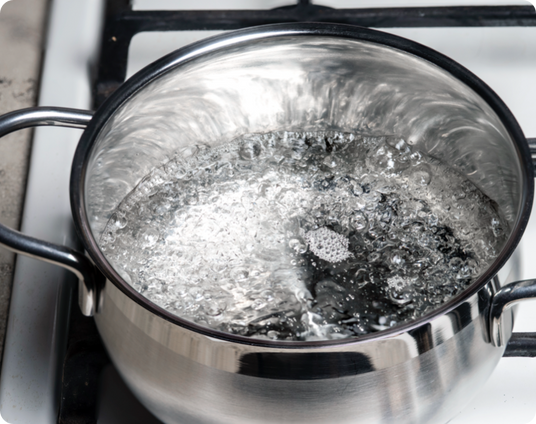
3.Boil and Cool
Boiling water is a simple and effective method to remove chloramines. Bringing water to a full boil for just one minute allows the chloramines to transform from a gas into vapor, which escapes into the air along with the steam and bubbles.
Once boiled, cooling the water fully before drinking or using it allows the vaporized chloramines to fully dissipate. While an extra step, boiling water can thoroughly reduce chloramines with no special equipment needed, just be sure to let it cool down completely.
A reverse osmosis system puts water through a membrane with tiny pores that block chloramines from passing through. This filtration method gives water virtually free of chloramines. You can get a countertop reverse osmosis system or have one installed under your sink for easy access.
For whole-house treatment, a larger reverse osmosis system processes water before it enters your pipes. Reverse osmosis is highly effective at removing chloramines and ensures you and your family enjoy the best-tasting water. The investment pays off in clean, great-tasting water.
Apart from the RO filter, you can also consider using an undersink filter to treat chloramine-affected water. An Undersink is a compact and affordable filtration system installed beneath the kitchen sink to effectively remove many impurities and contaminants from house water.
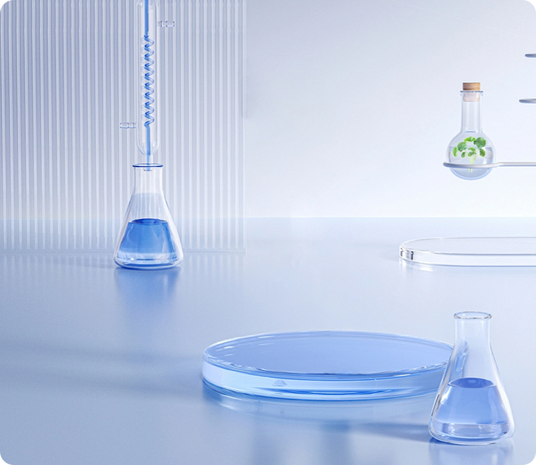
5.Distillation
Distilling water is a thorough way to remove chloramines. The process involves boiling water to evaporate it into steam and then condensing the steam into a clean liquid without contaminants. Any chloramines present remain in the boiling chamber rather than transferring to the distilled water.
While it requires more equipment like a distiller, distillation guarantees chloramine-free water. The end result is water that's free of chemicals, smells, and tastes for drinking or cooking. Distillation gives the highest quality H2O and peace of mind.
For an affordable and simple approach, potassium permanganate can chemically treat water to remove chloramines. This purple crystal substance works by oxidizing chloramines so they no longer remain in solution.
Add a few drops of potassium permanganate to a gallon of water, allow it to react for 30 minutes, then dispose of the treated water rather than drinking it. This process makes the chloramines harmless by altering their structure. Potassium permanganate is readily available and provides an easy way to reduce chloramines in water.
So, these are some of the most effective methods of reducing chloramines from regular water.






